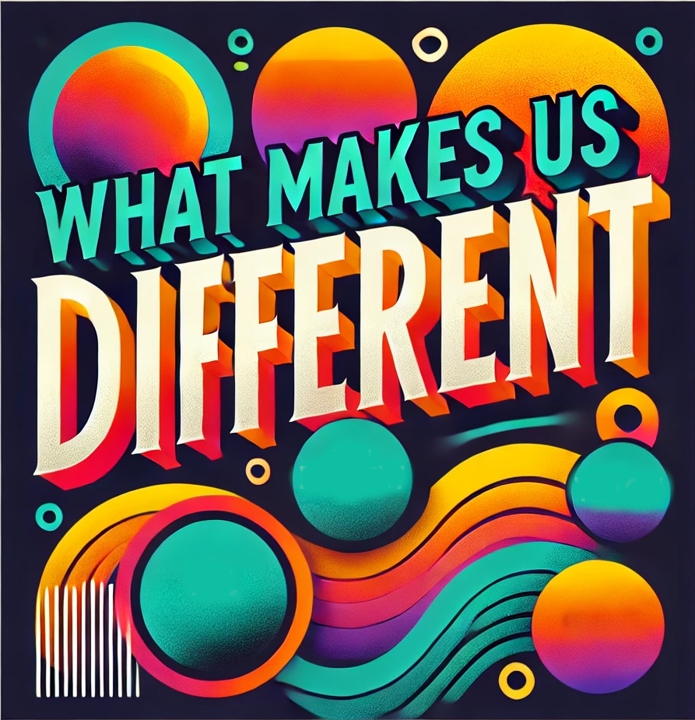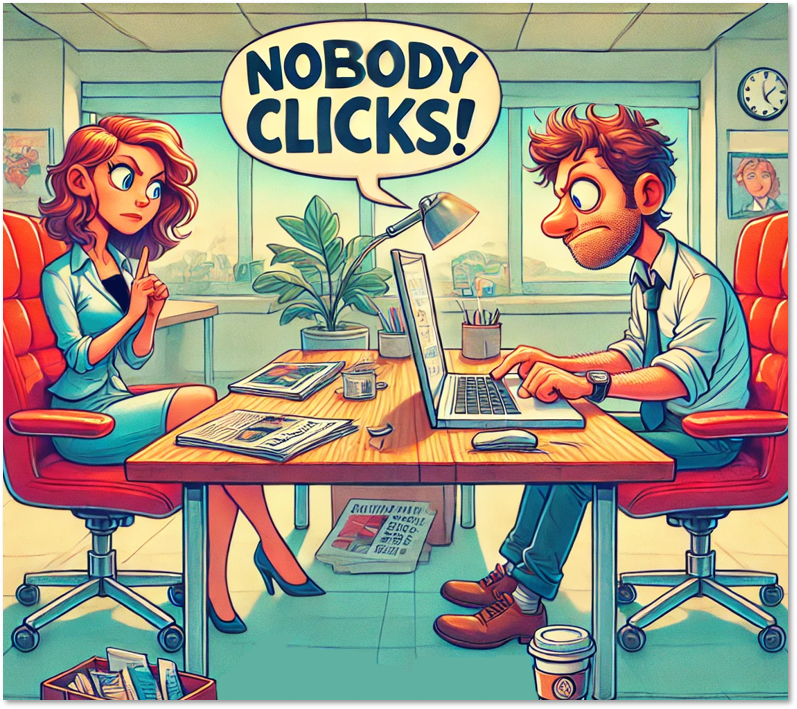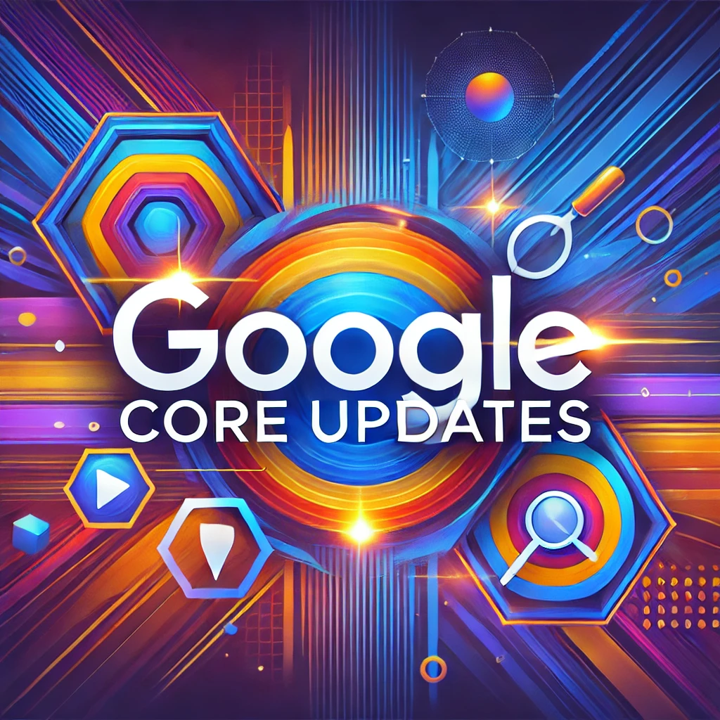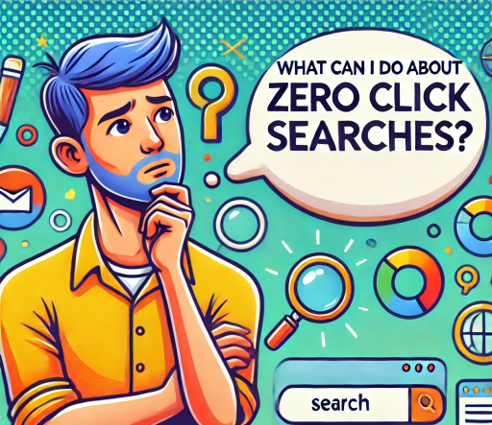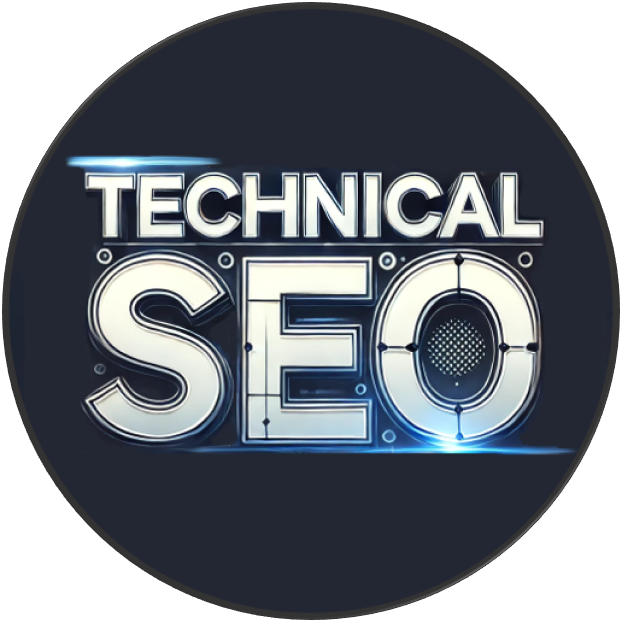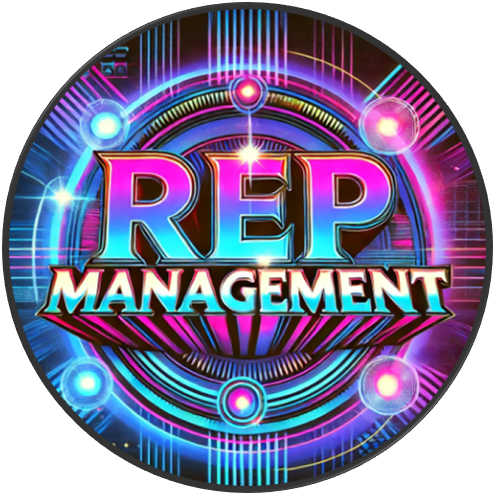You Sold It, Now What? A Post-Sale Playbook for Digital Advertising Success
You closed the deal—congratulations! But you’re not done. Now comes the real work: delivering results that match your client’s expectations. Selling a digital advertising campaign is just the beginning. What happens next can make or break your relationship with your client. This post-sale process is crucial to ensure the success of the campaign and build long-term trust.
I like to think of selling digital advertising as a competitive sport. (It is, isn’t it?!) If prospecting and doing a great CNA is the first quarter of the game, then pitching and closing is the second quarter. Which means, we are currently at halftime. Halftime we huddle back up and review the playbook, make changes from the pitch to reflect what the client actually bought if needed, and plan for the second half of the game so we are set up to have a successful third quarter (reporting and customer service) and forth quarter (retention, renewal, upsells, service).
I will walk through every step you should take once a campaign is sold and navigate the post-sale journey—from setting expectations and gathering creative assets, to executing campaigns and reporting performance. Before we get into the steps, remember the documentation we provide our partners. The precampaign checklists are must-use files to support you on the exact requirements per product. They can be found in your Vici Drive, or ask your digital point person or Vici Trainer. Once you have those located, we can get going!
Step 1: Set Clear Expectations from the Start
Managing expectations must be included in the sales process, and it’s critical to revisit before anything goes live, especially when a client’s sales cycle from CNA to pitch to close spanned many weeks or months. Have an honest conversation with your client about what to expect. Remind them how digital advertising operates, aka programmatic or real-time bidding. This means:
- We can’t control exactly which websites the ads will appear on or guarantee where or when a particular impression will be served. This is real time bidding.
- We have sample publishers showing common websites and apps in your shared drive, per product, if needed pre-launch. Post-launch reports will show publishers for most products.
- Budgets are spread across millions of ad impressions, so clients may not always see their own ads.
- Remind them of their impression share if you requested a forecast.
- Are a client’s expectations reasonable given the budget spent versus the inventory?
- We don’t win every bid. This is especially important when working with smaller budgets.
- Clients often don’t meet their own business’s target audience parameters.
- Understand what the client is expecting in the next 30/60/90 days.
Help the client understand that digital advertising is a frequency medium—results build over time. If they’re expecting an immediate return or specific placements, you’ll need to realign those expectations.
Step 2: Define Campaign Goals and Success Metrics
What does success look like to your client?
Ask questions like:
- Are they looking for website traffic, leads, phone calls, or foot traffic?
- What’s the primary call-to-action (CTA)?
- What are their branding guidelines—fonts, colors, logo usage?
Getting this clarity upfront not only helps build the campaign, but it also gives you benchmarks to measure results. Make sure you revisit this conversation regularly to compare expectations with actual performance.
Step 3: Gather the Creative Assets
For a smooth launch, gather all required creative elements at least three business days before the campaign’s start date. This gives your team time to upload, audit, and receive approval from ad exchanges.
Assets you’ll need may include:
- Images or videos (with specific dimensions depending on platform)
- Logos in high resolution
- CTA copy and headlines
- Fonts and color preferences
- Landing page URLs (hint: never just drop users on the home page unless it makes sense contextually)
Pro tip: Always match the ad content to the landing page. If your ad promotes earrings, the user should land on the earrings product page—not the generic homepage.
Step 4: Technical Readiness and Access
Make sure the client’s digital infrastructure is ready. This includes:
- A secure HTTPS website (required for most ad platforms)
- A privacy policy on the website
- Access to their Google Analytics, website backend, and social platforms
Use Leadsie, a secure platform that allows clients to grant access to accounts without sharing usernames or passwords. It streamlines permissions for Google, Facebook, TikTok, LinkedIn, and more.
Step 5: Choose the Right Ad Products and Specs
Are you running a Display campaign? Video? OTT? Native? Social Mirror?
Each product has its own specifications. Be familiar with file types, dimensions, video lengths, and data requirements:
- Mobile Conquesting Videos: 15–30 seconds, MP4 format
- OTT and DOOH: Video only, few clicks, mostly brand exposure
- Audio Ads: 15–30 seconds, MP3 format with companion banner
- Address Targeting: Minimum of 500 addresses in CSV format
- Amazon Display: Only 5–10% of impressions run on Amazon.com
Refer to your Pre-Campaign Checklist for exact specs. If your client is using features like Dynamic Ads, QR codes, or Companion Banners, you’ll need to ensure their assets are properly configured.
Step 6: Social Media Campaign Setups
Each social platform has unique rules:
- Facebook/Instagram: Prefer images with little or no text. We need “Partial Access” for basic campaigns and “Full Control” for Event Response or Lead Ads.
- LinkedIn: Creative must be uploaded first before access can be requested. Admin access will come from a specific team member—inform your client to expect that request.
- TikTok: No page access required. Just send video assets and ad text.
- Social Mirror: If using existing posts, provide the URL. Otherwise, assets must be built from scratch (no engagement features like shares or comments if built manually).
- Snapchat: We must build ads from scratch—provide videos, logos, and CTAs.
For all platforms, preview links will be provided. Encourage clients to keep those links handy to monitor and respond to comments.
Step 7: Custom Audience Matching and Retargeting
If your client has first-party data—like a list of recent customers or leads—you can use it for targeted advertising. The file format should be CSV and include relevant fields like email, phone, address, and zip code.
We use this data to create:
- Custom Audiences
- Lookalike Audiences
- Match-back Analyses (comparing ad exposure with actual sales)
Depending on the list size and type of campaign, allow 2–7 business days for processing and matching.
Step 8: Launch, Monitor, and Optimize
Once everything is set, the campaign is launched. But your job isn’t over.
During the campaign:
- Monitor the ads for any issues
- Use monthly reports to evaluate impressions, clicks, CTR, conversions, and view-throughs
- Check engagement on social ads and help the client respond
- Be proactive—if performance is low, bring optimization ideas to the table
Always remember: Conversions happen after the ad click. Make sure the landing page experience is aligned with the ad promise and is easy to navigate.
Step 9: Reporting and Communication
Clients want transparency. Send monthly reports that include:
- Total impressions served
- Click-through rates (CTR)
- View-through conversions (when someone saw an ad and converted later)
- Call logs (if using Google Forwarding Numbers)
Explain the data clearly—avoid jargon. If needed, provide screenshots or sample ads (except for OTT, DOOH, and some audio formats).
Encourage clients to look at trends over time—not just week-to-week results. Emphasize the value of consistency and repetition in digital advertising.
Step 10: Conduct a Post-Campaign Review
Once the campaign ends, review:
- What worked well?
- What could be improved?
- How did performance compare with goals?
- Come prepared with proactive recommendations and new ideas!
Ask the client if they’d like to continue, scale, or pivot. Share new ideas! Have valuable fresh ideas they can apply.
The post-sale process is about strategy, communication, and collaboration. When you treat each campaign as a partnership, clients feel supported—and they come back.
By mastering the art of post-sale execution, you turn a single sale into a long-term relationship. And in this business, that’s the ultimate win.
The post You Sold It, Now What? A Post-Sale Playbook for Digital Advertising Success appeared first on Vici Media Inc..






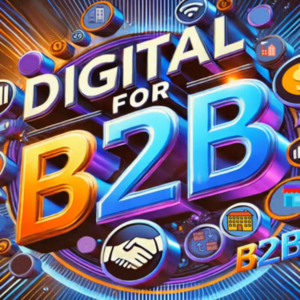
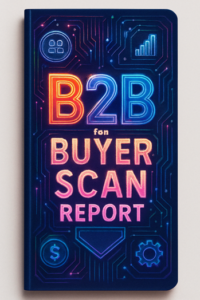
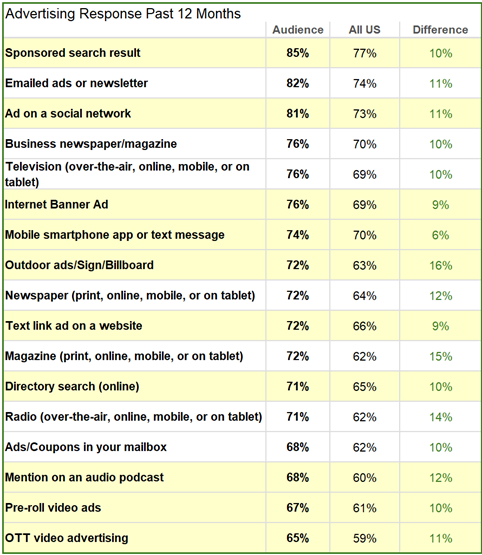
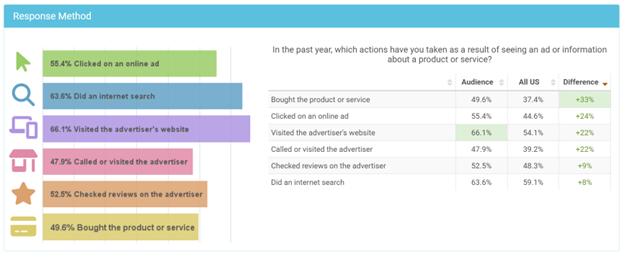
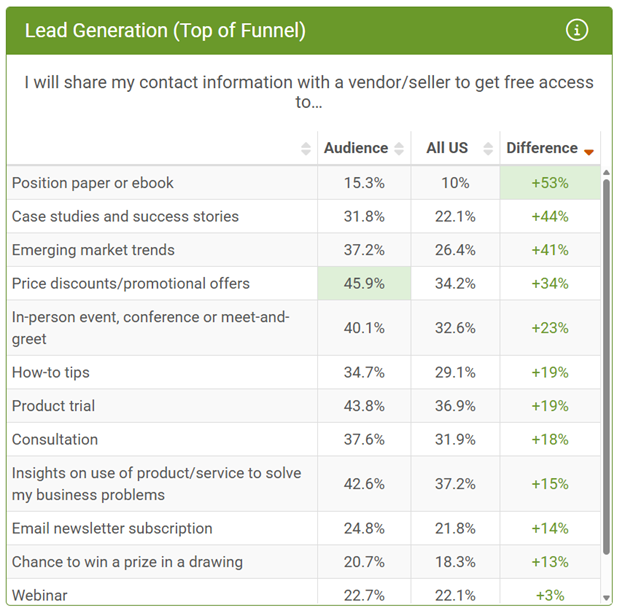
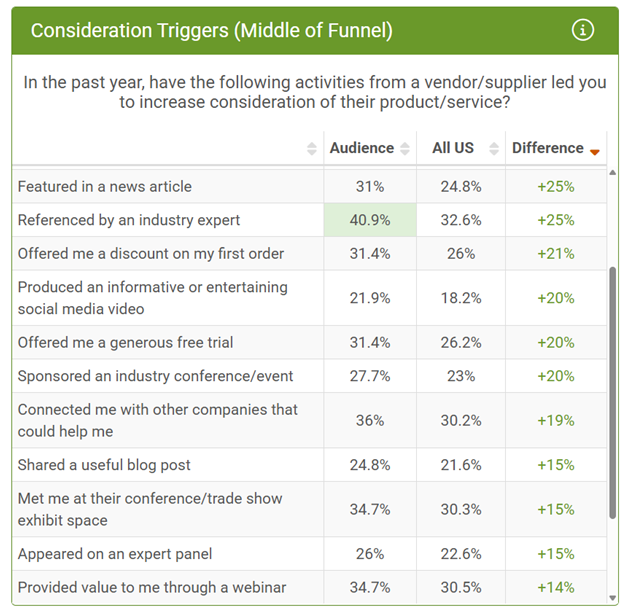
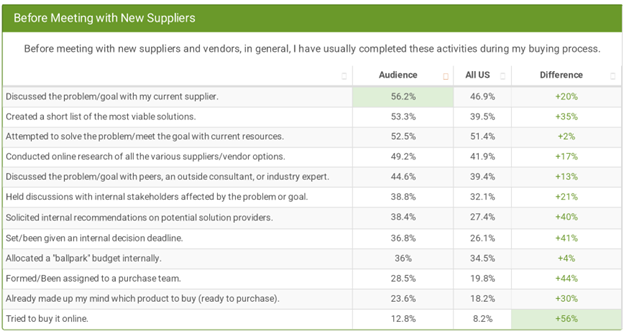
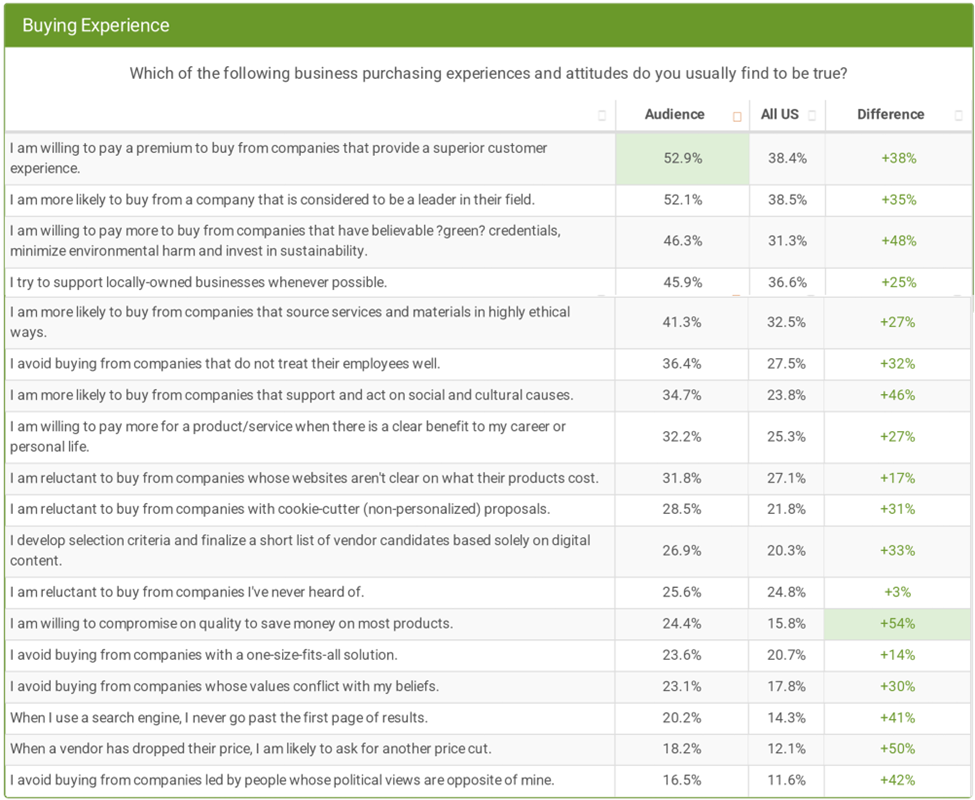
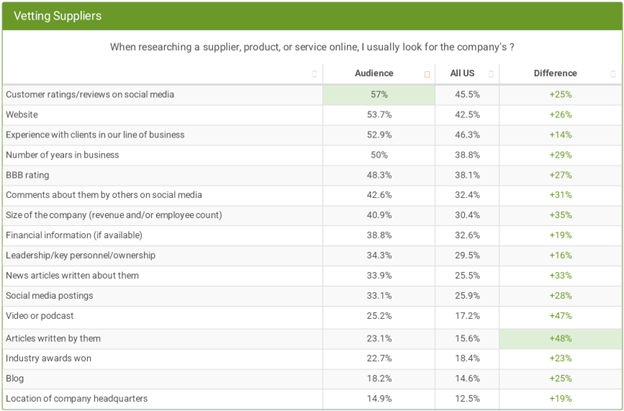
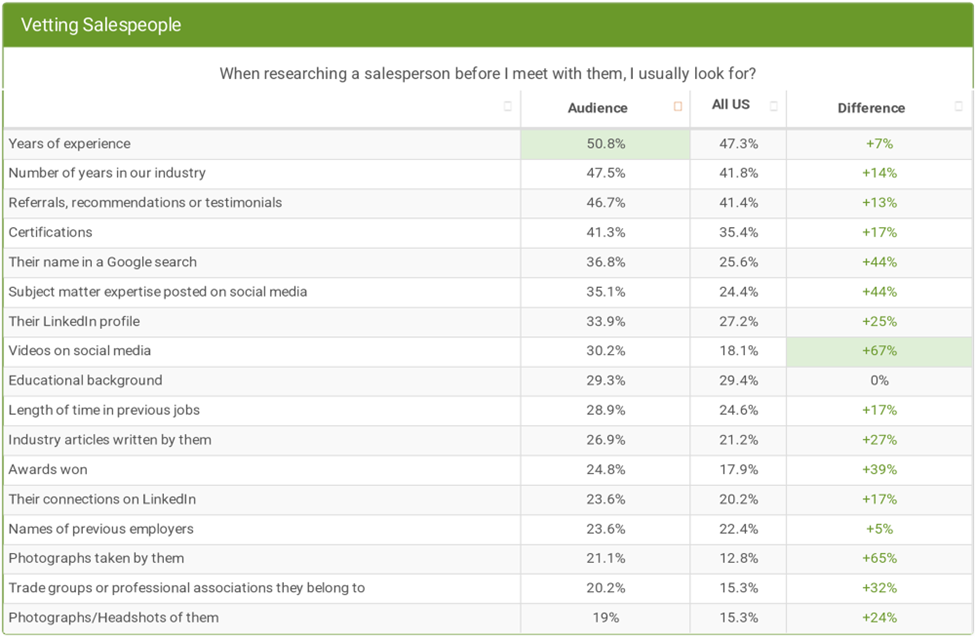
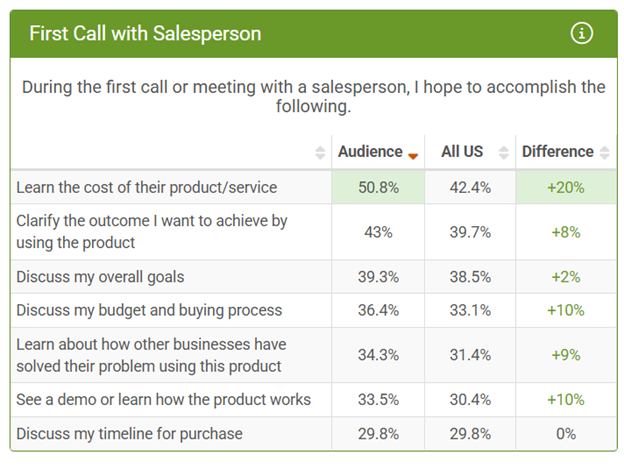
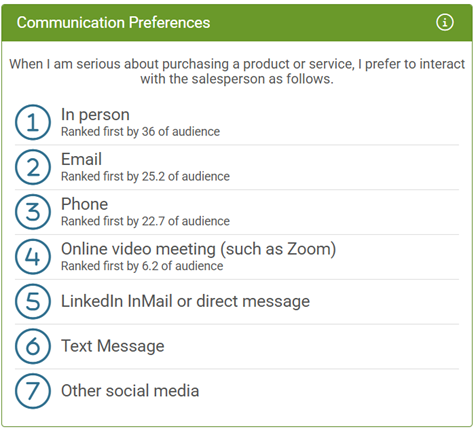
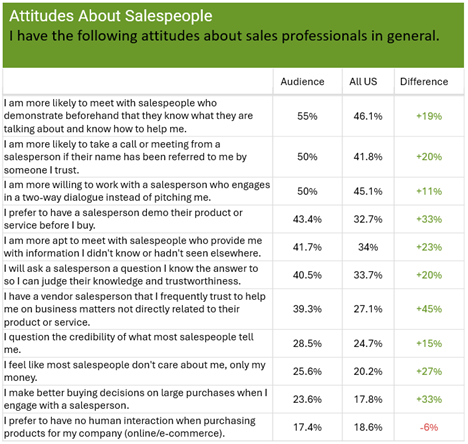
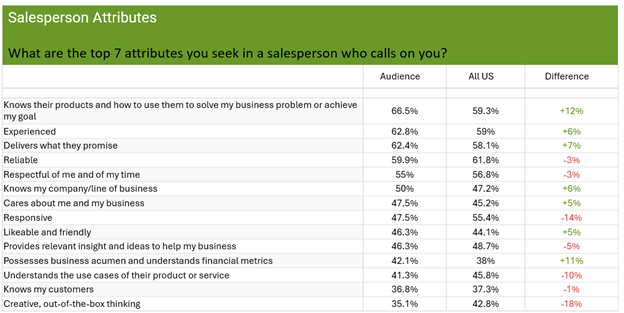







 Part-time jobs
Part-time jobs 
 Landing pages that don’t make sense—Job seekers shouldn’t land on your homepage or an intimidating application form right away. Instead, start with a page that showcases your company culture and the job details.
Landing pages that don’t make sense—Job seekers shouldn’t land on your homepage or an intimidating application form right away. Instead, start with a page that showcases your company culture and the job details.
 Headline that grabs attention—“We’re Hiring” won’t cut it. Make it specific and compelling.
Headline that grabs attention—“We’re Hiring” won’t cut it. Make it specific and compelling.
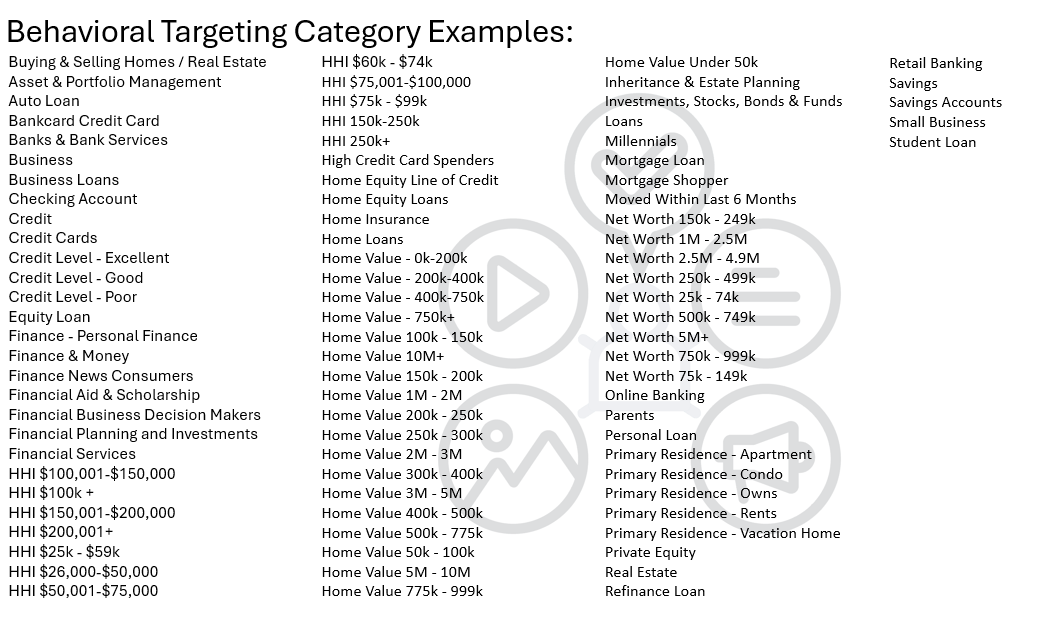
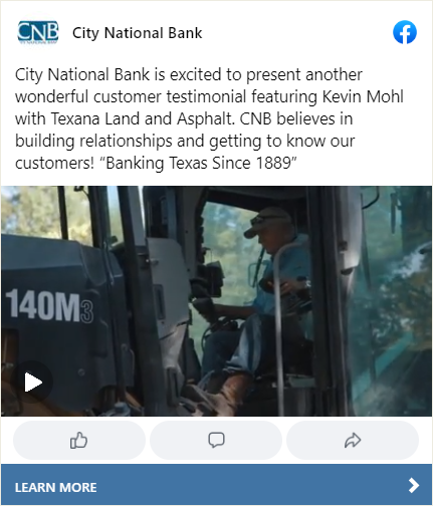
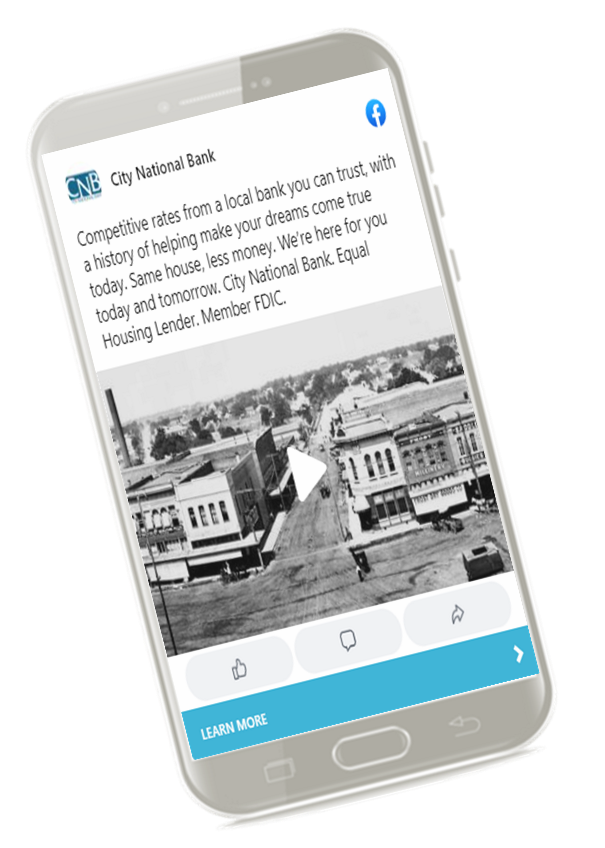
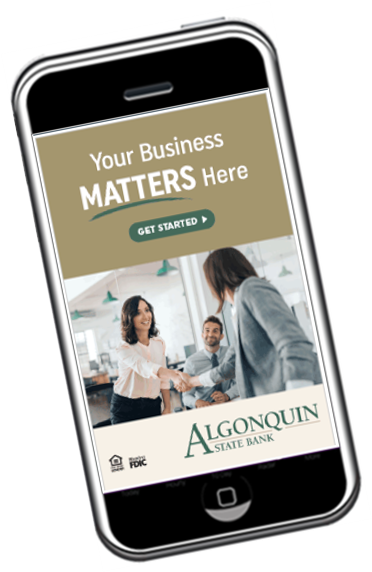

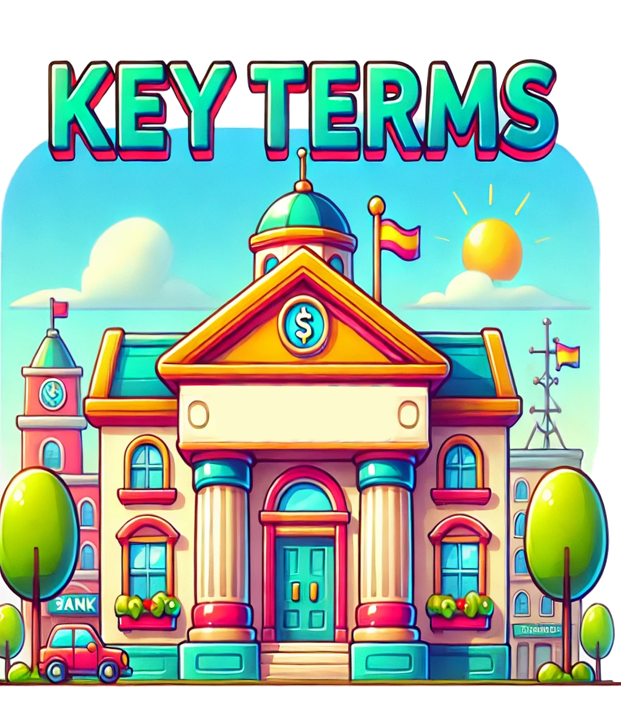
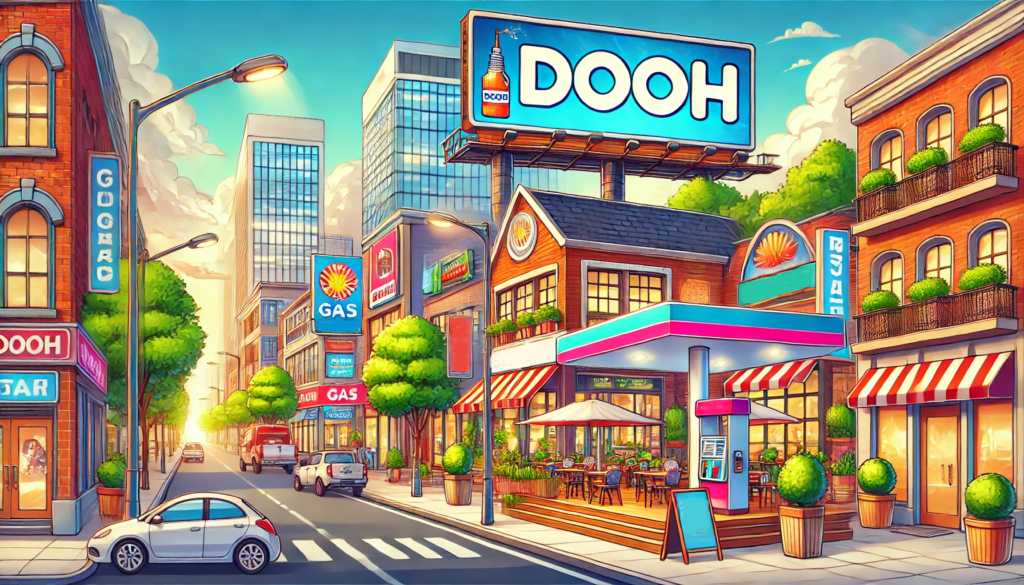


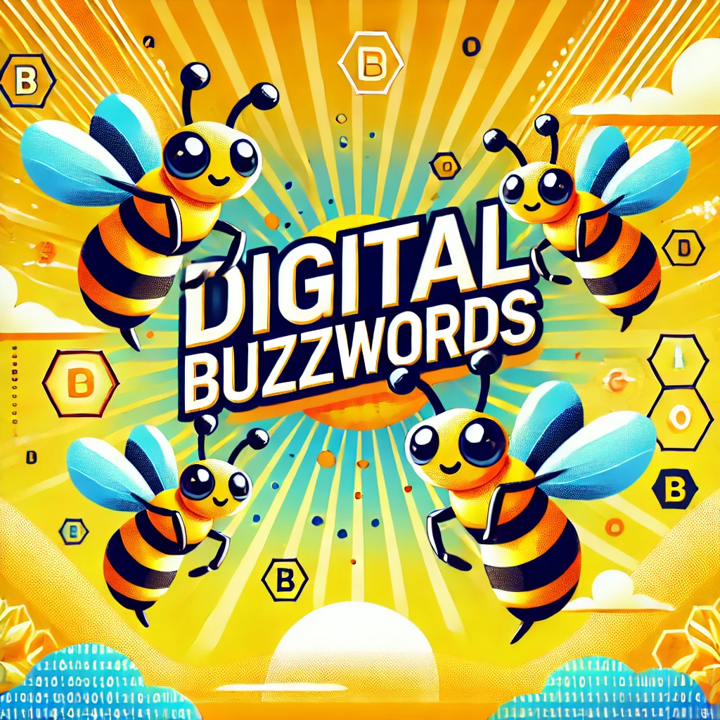
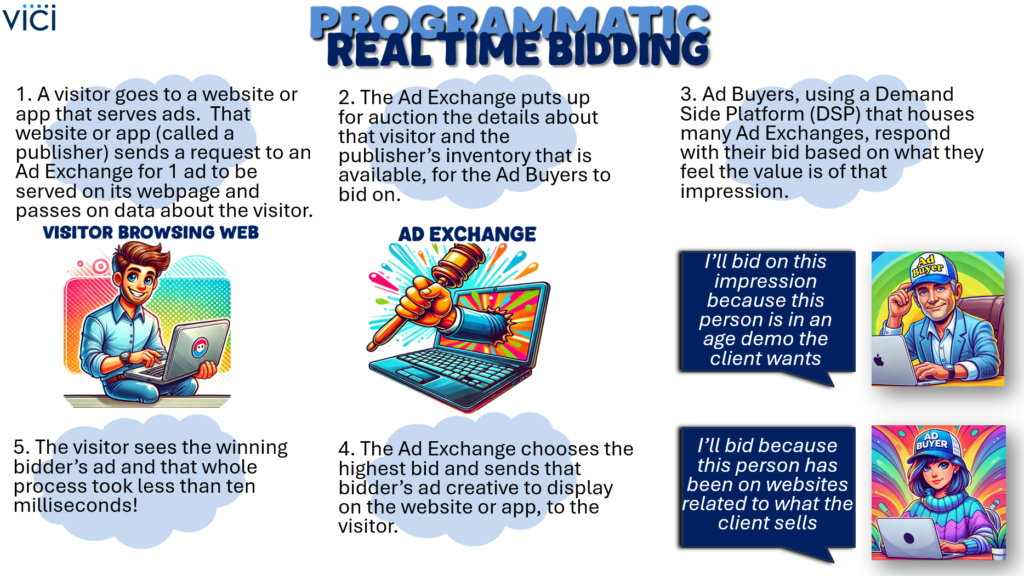
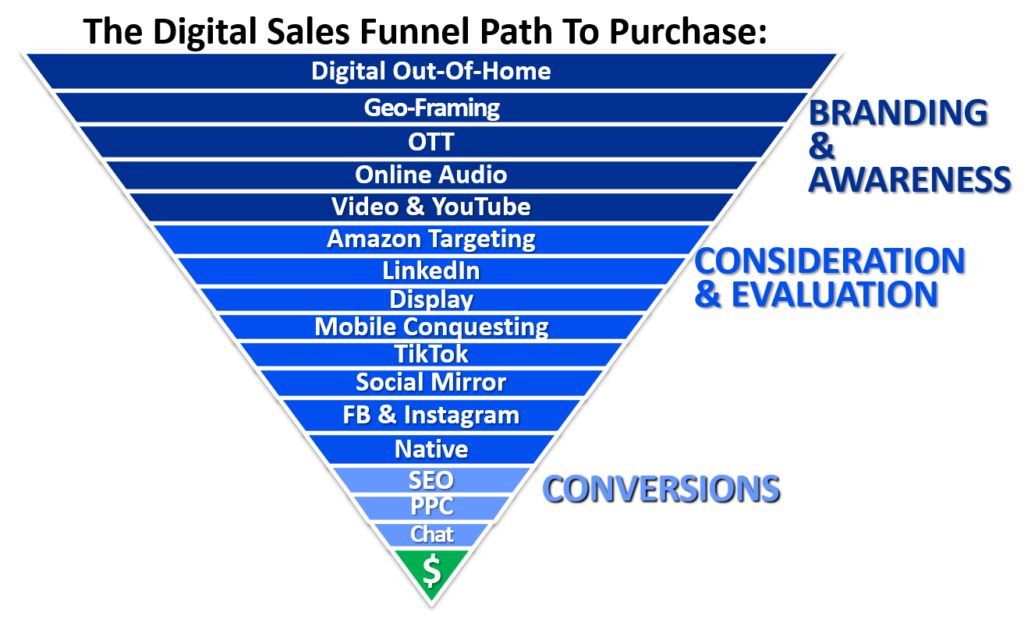

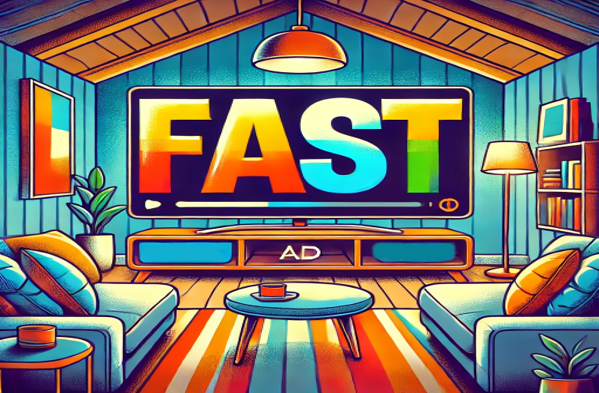
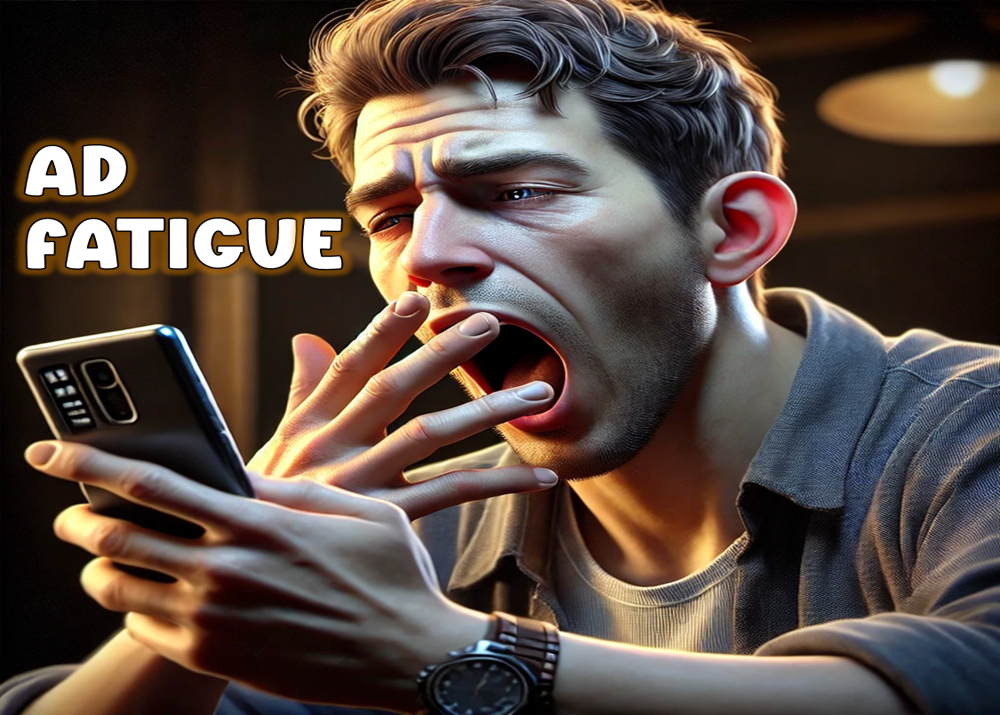
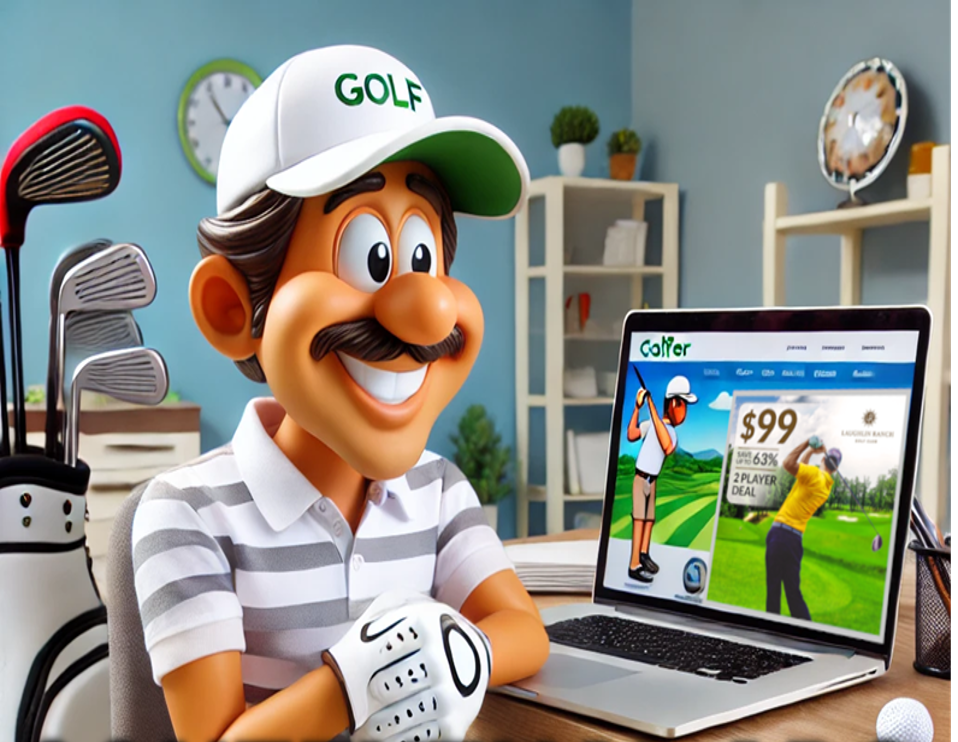

 Ah, objections. The moment a potential client crosses their arms, raises an eyebrow, and says, “But why should I?” Here’s a little secret: objections aren’t obstacles—they’re golden opportunities. Think of objections like plot twists in a blockbuster movie. Without them, the hero (that’s you) wouldn’t get to showcase their skills, deliver a mic-drop moment, and walk off into the sunset with a new client.
Ah, objections. The moment a potential client crosses their arms, raises an eyebrow, and says, “But why should I?” Here’s a little secret: objections aren’t obstacles—they’re golden opportunities. Think of objections like plot twists in a blockbuster movie. Without them, the hero (that’s you) wouldn’t get to showcase their skills, deliver a mic-drop moment, and walk off into the sunset with a new client.